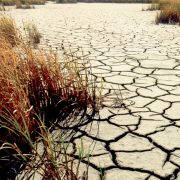
Plants are thirsty, too!
Blog0 Comments
/
ASPB Conviron Scholars: Final Project, by Tim Burnette
Water is a central piece to humanity’s past, present, and future life. It is essential to our survival, and we are not alone in this necessity: plants need water too. With limited water, plants cannot grow and develop, and may not even survive.…
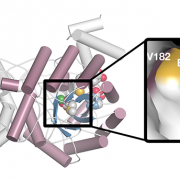
Structure of Methylthioalkylmalate Synthase
Research, The Plant Cell, The Plant Cell: In a NutshellKumar et al. uncover the molecular basis for the diversification of the agriculturally important methionine-derived glucosinolates in plants. Plant Cell https://doi.org/10.1105/tpc.19.00046
Background: The chemical diversity of specialized metabolites in plants helps them to better adapt and survive…

Six Days, Seven Nights: The Transcriptional Speed of Seed Development
Research, The Plant Cell, The Plant Cell: In BriefThe development of the seed is a complex dance of cell division and differentiation, including transcriptional and genomic repatterning. Measuring gene expression by high-throughput RNA-Seq is routine in laboratories, and numerous seed transcriptomes and microarrays have long been published for maize…
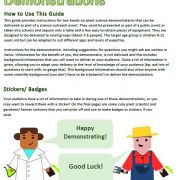
Plant Science Outreach Demonstrations
Blog
For my Conviron Scholars independent project Bryony Yates created a guide that details the instructions for two interactive plant science demonstrations that can be delivered as part of a science outreach event.
They could be presented as part of a public event or taken into schools and require…

An introduction to Python for data visualization
BlogIndependent Project Created by Samantha Connolly as part of the ASPB Conviron Scholars Program
Python is an incredibly useful programming language, especially for data visualization. Here, I will (1) show you how to download an Integrated Development Environment, (2) show you the basics of loops,…

Spreading Plant Science through Twitter
BlogPost by Angel Vergara Cruces
For my ASPB Conviron Scholars independent project, I wanted to use Twitter to spread plant sciences. I was hoping the way Twitter works could allow me to reach a wider audience. I especially wanted to introduce plant sciences to undergraduate students in the life sciences,…
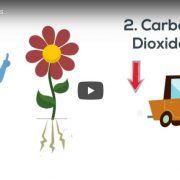
Food for Flowers
BlogASPB Conviron Scholars Independent Project by Mallory Cullen
For my independent project, I wanted to make a plant science lesson for young elementary school children. I made a video that provides a basic overview of photosynthesis as well as two experiments that can be conducted to illustrate photosynthesis.…

A cutting-edge approach to an ancient problem: gene editing takes a bite out of malaria
Blogby Jen Schmidt, ASPB Conviron Scholar
Just about anyone who visits an ocean beach considers the risk of shark attack. Images from movies and the news create the perception that sharks are a significant threat, and none of us are safe. However, the shark’s body count is nothing compared to the tiny…
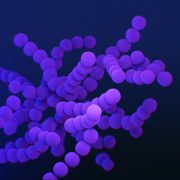
The War on Viruses: Insights from the Front Lines
BlogAlex Clarke Conviron Scholars 2019 Final Project
I was interested in the opinions of professors and researchers on the current state of the field of plant virology, including the future directions it may take and the most important technologies in the field. I also wished to learn what system they…

